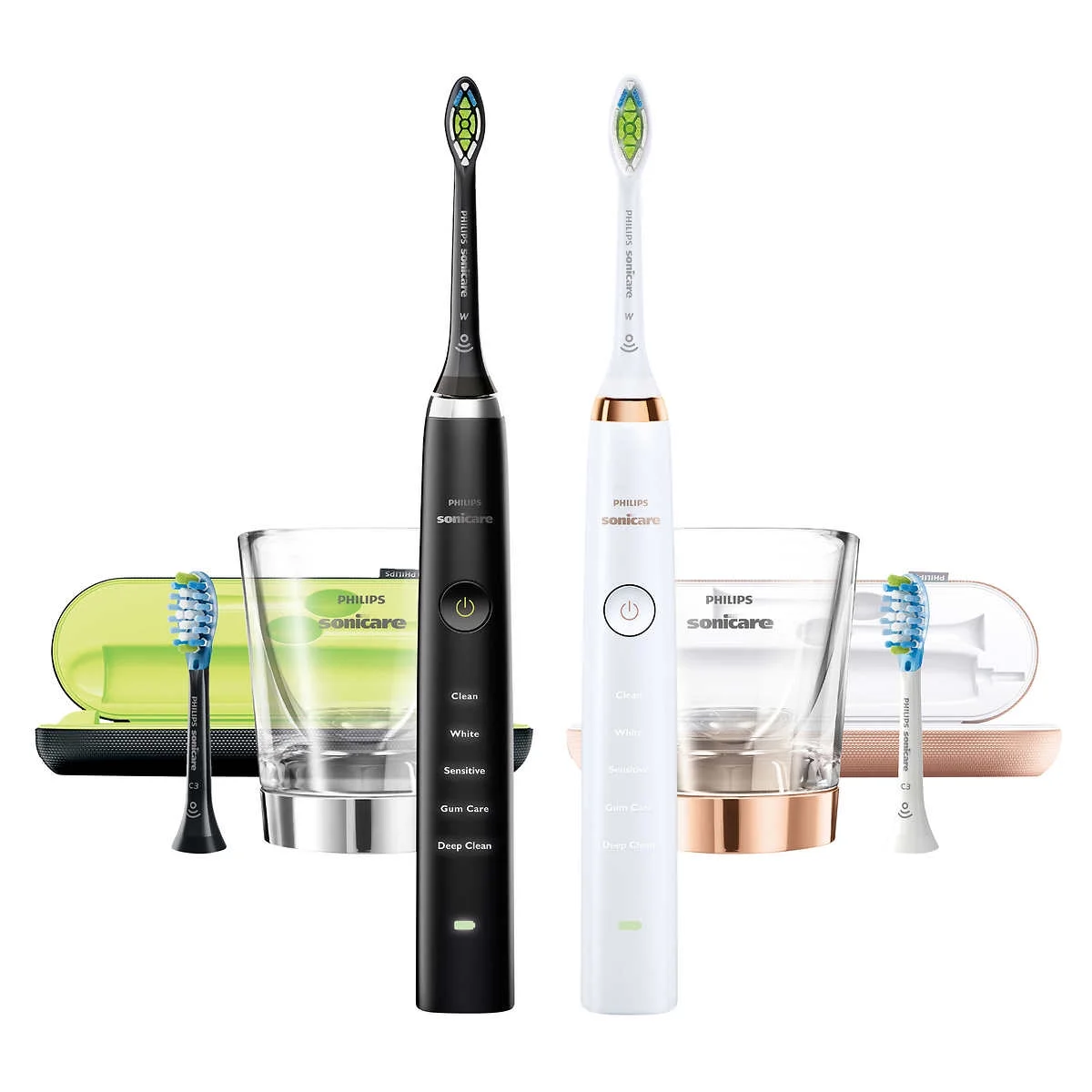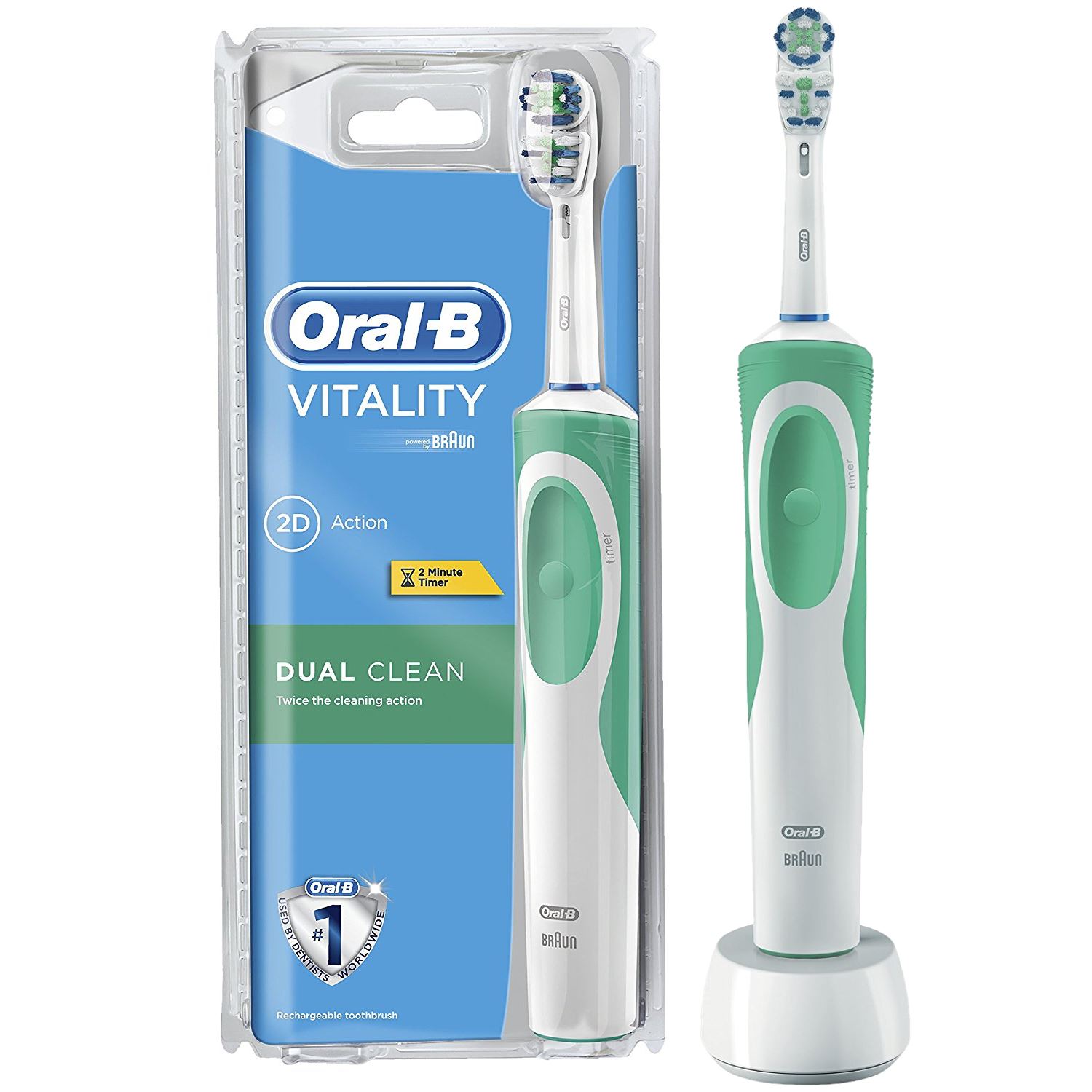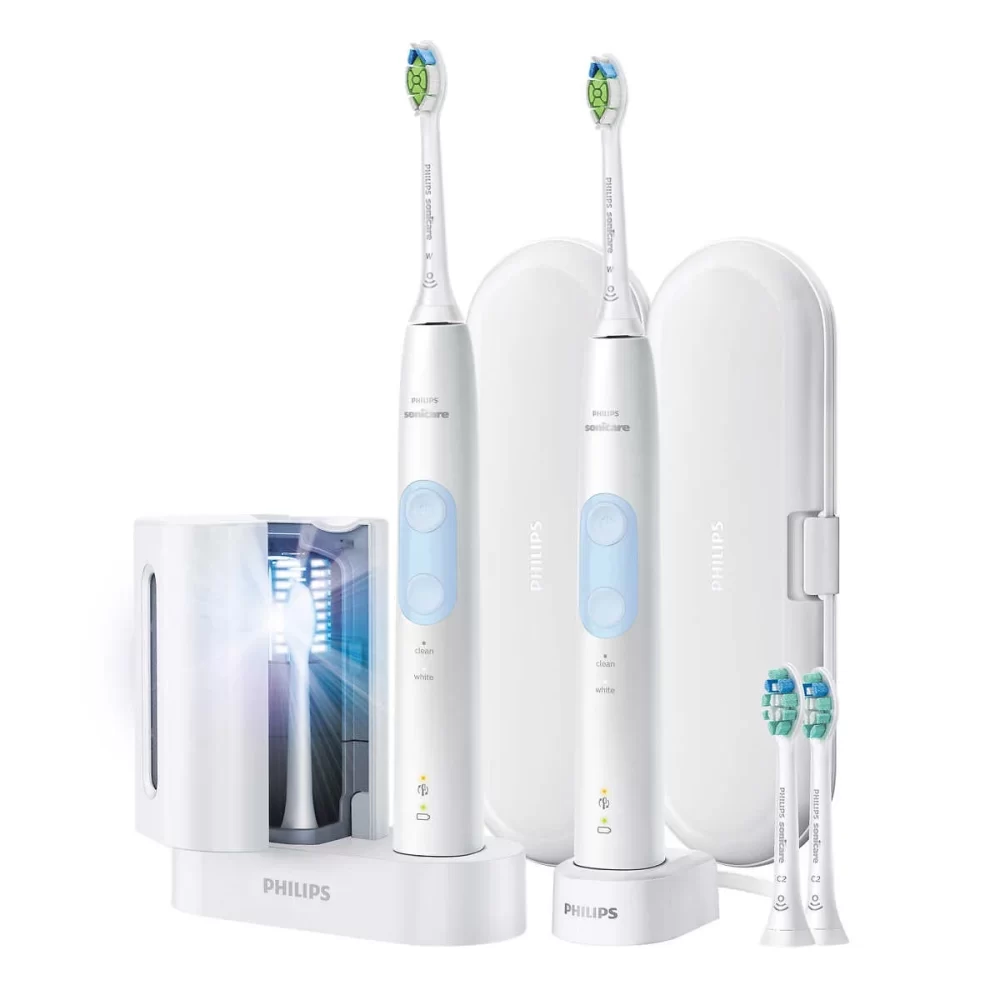Importance of Keeping Your Electric Toothbrush Clean
Keeping an electric toothbrush clean is vital for oral health. Bacteria and germs can grow on a toothbrush, leading to dental problems. Good hygiene practices prevent these issues. A clean toothbrush works better and lasts longer. Regular maintenance and deep cleaning play key roles here.

A well-maintained toothbrush keeps bristles effective for removing plaque. It also ensures that the device operates at its best. Plus, cleaning your toothbrush can stop harmful bacteria. These bacteria can cause infections and bad breath. Remember, the mouth is the gateway to your body’s health. An electric toothbrush collects germs from the mouth during use. It’s necessary to remove these germs to maintain dental health.
A clean electric toothbrush is a powerful tool against cavities and gum disease. It can also provide a more pleasant brushing experience. Taking the time to clean your toothbrush extends its life. This saves money and reduces waste. Lastly, proper care reflects good personal hygiene habits.
In summary, regular cleaning of your electric toothbrush is essential. It keeps your mouth healthy, ensures effective cleaning, and maximizes the value of your investment. Now, let’s look at daily maintenance tips to keep your electric toothbrush in top condition.
Daily Maintenance Tips for Your Electric Toothbrush
Maintaining your electric toothbrush daily guarantees its effectiveness and longevity. Simple practices keep it clean and functioning well. Next are tips to incorporate into your daily routine.
Rinse after Each Use
Every time you brush, rinse the head thoroughly. Use warm tap water to wash away toothpaste and any debris. This step removes germs that can cling to bristles after brushing. Quick rinses keep the brush clean and ready for the next use.
Store Your Toothbrush Properly
After rinsing, always store the toothbrush upright. This position allows it to air-dry faster and prevents water from pooling at the base, which can breed bacteria. At home, avoid using closed containers that maintain moisture. Opt for a holder with ventilation if you need one. When traveling, protect your toothbrush in a holder with holes to let air circulate. Good storage habits ensure your toothbrush remains sanitary between uses.
Deep Cleaning Strategies for Electric Toothbrushes
Regular maintenance of your electric toothbrush helps prevent bacterial growth and maintains its effectiveness. However, daily cleaning may not be enough. Over time, your toothbrush accumulates grime that requires deep cleaning. Here are two thorough cleaning strategies.
Utilizing Hot Water for Bristle Cleaning
Begin by detaching the toothbrush head from the handle. Run the bristles under hot water. The heat assists in loosening and washing away residual toothpaste and debris. Move the bristles back and forth with your fingers. This action helps to ensure all particles get removed. Afterwards, shake off excess water and let the head air-dry completely, bristle side up.
Removing Buildup from the Toothbrush Head
Sometimes, toothpaste and grime stick to where the head joins the handle. For this area, use a cotton swab or cloth dampened with hot water. Gently scrub to remove any buildup. Don’t forget the area where the brush head attaches to the handle. This spot can harbor bacteria. After cleaning, assemble the toothbrush only when all parts are fully dry to prevent mold.
Recognizing When to Replace Your Toothbrush Head
To keep your oral hygiene top-notch, it’s crucial to know when to swap out your toothbrush head. Much like the tires on a car show wear, so do the bristles on your brush. Recognizing the signs of wear ensures you’re always brushing effectively.
Understanding Wear and Tear Indicators
Regularly check your toothbrush bristles for signs of wear. Look for frayed or flattened bristles as a clear signal. When bristles lose their stiffness, they can’t clean as well. Some brushes have color-changing bristles to signal when it’s time for a replacement. Blue indicator bristles that fade to white are common in many brands. If you notice any bristle splaying before three months, it’s time to replace.
The 3-Month Rule for Brush Head Replacement
A simple rule to follow is replacing your toothbrush head every three months. Over time, even with good care, bristle effectiveness diminishes. After about three months, bacteria and debris build-up may occur, impacting your oral health. Set a reminder or mark your calendar to maintain this replacement schedule. Also, consider a brush head with a reminder built-in for convenience.
 Electric Toothbrush Storage Solutions
Electric Toothbrush Storage Solutions
Proper storage is critical for keeping your electric toothbrush clean and effective. Let’s delve into solutions for storing your toothbrush both at home and while traveling.
At Home Toothbrush Care
For optimal toothbrush care at home, take these steps:
- Store upright: Keep your toothbrush in an upright position for quick drying.
- Avoid moisture traps: Don’t use closed holders that can collect water.
- Separate space: If using a shared holder, ensure enough space between brushes.
- Open air: Choose a holder that allows air to circulate freely around the bristles.
- Sanitize occasionally: Consider using a toothbrush sanitizer without unrealistic claims.
Remember, electric toothbrushes need to air out to prevent bacteria growth.
Travel Tips for Electric Toothbrush Hygiene
Maintaining toothbrush hygiene on the go is also important. Follow these tips:
- Use a cover with holes: Protect your toothbrush in travel cases that allow airflow.
- Keep it dry: Before packing, make sure the toothbrush is completely dry.
- Don?t pack with toiletries: Store it separately from other travel items to avoid contamination.
Proper storage solutions for your electric toothbrush, whether at home or on the road, help extend the brush’s life and maintain oral health.
Special Considerations for Electric Toothbrush Care
When it comes to electric toothbrush care, there are a few special considerations to keep in mind. These not only help enhance the toothbrush’s performance but also contribute to better oral hygiene. Here’s what you should know.
Using Sanitizers Effectively
Sanitizing your electric toothbrush can reduce bacterial growth. However, choose sanitizers wisely. Look for ones that the FDA has approved for reducing bacteria on toothbrushes. Avoid gadgets with over-the-top claims. Sanitizers should complement, not replace, daily rinsing and air-drying. Never use a dishwasher or microwave to sanitize your toothbrush, as high heat can damage it.
Charging and Battery Maintenance
Proper charging habits preserve your toothbrush’s battery life. For first-time use, charge the battery fully, which can take up to 16 hours. Then, use it until it fully drains before recharging. Avoid short, frequent charges. Keep charging areas dry and clean. If your toothbrush has a SmartGuide or similar display, it may require AA batteries. Replace them as needed to ensure it functions effectively.
By following these special considerations, you can ensure your electric toothbrush is always ready for optimal use. Remember, maintaining the brush well will support a healthy smile for longer.
 Accessorizing Your Electric Toothbrush
Accessorizing Your Electric Toothbrush
Accessorizing your electric toothbrush can enhance your oral hygiene routine. It’s not just about looks—it’s about functionality and hygiene.
Selecting the Right Attachments and Replacements
Choosing the right attachments for your electric toothbrush is key. Make sure the brush heads are compatible with your model. Replace them as the bristles wear out or every three months. This keeps your brushing effective. Also, look for attachments that can tackle different needs, like flossing or cleaning braces.
For replacements, aim for quality. Opt for brands that offer brush heads with soft bristles. These are gentle on your gums but tough on plaque. Check out your toothbrush’s manual for recommended replacements.
Remember, your choice of attachments can make a huge difference. They ensure a deeper clean and bring you closer to a sparkling smile.
The Role of Travel Cases and Stands
Travel cases and stands are essential accessories for your electric toothbrush. A good travel case protects your toothbrush from germs and damage on the move. Look for cases with ventilation to prevent moisture build-up. This keeps your brush dry and sanitary.
At home, a stand keeps your toothbrush upright and aids in air drying. It helps prevent bacteria growth by avoiding contact with other surfaces. Choose stands with a simple design for easy cleaning.
With the right travel cases and stands, you maintain toothbrush hygiene wherever you go. They are investments in your dental health, keeping your brush safe and clean.